模块3 Unit 9 Wheels Lesson 4 Car Culture 课件(31张PPT)
文档属性
| 名称 | 模块3 Unit 9 Wheels Lesson 4 Car Culture 课件(31张PPT) | 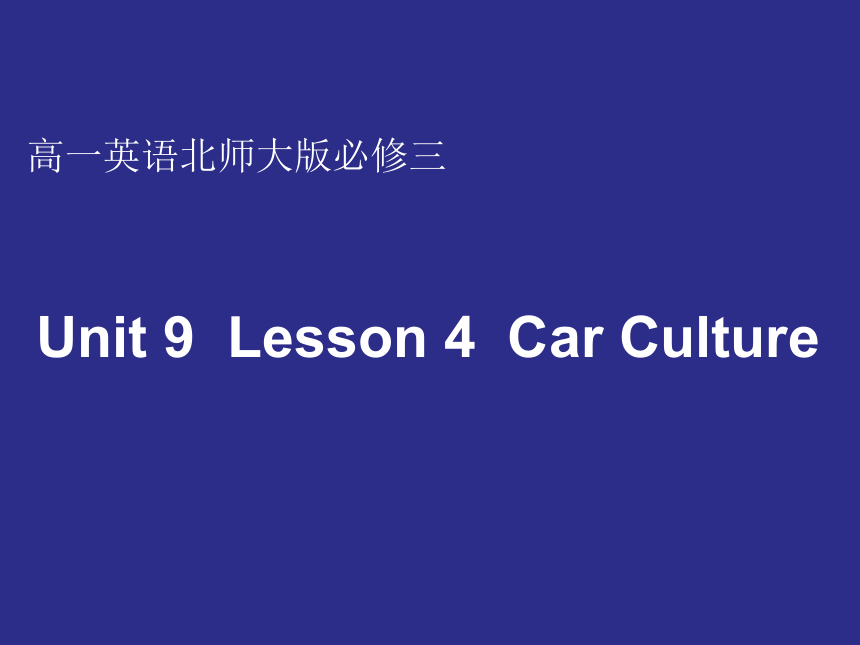 | |
| 格式 | zip | ||
| 文件大小 | 9.4MB | ||
| 资源类型 | 教案 | ||
| 版本资源 | 北师大版 | ||
| 科目 | 英语 | ||
| 更新时间 | 2019-12-08 16:53:31 | ||
图片预览

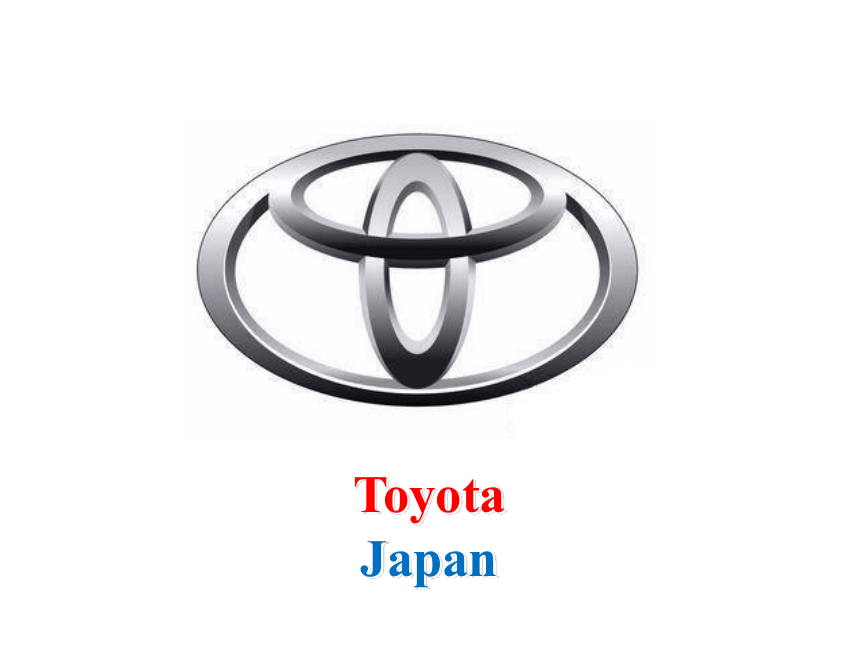
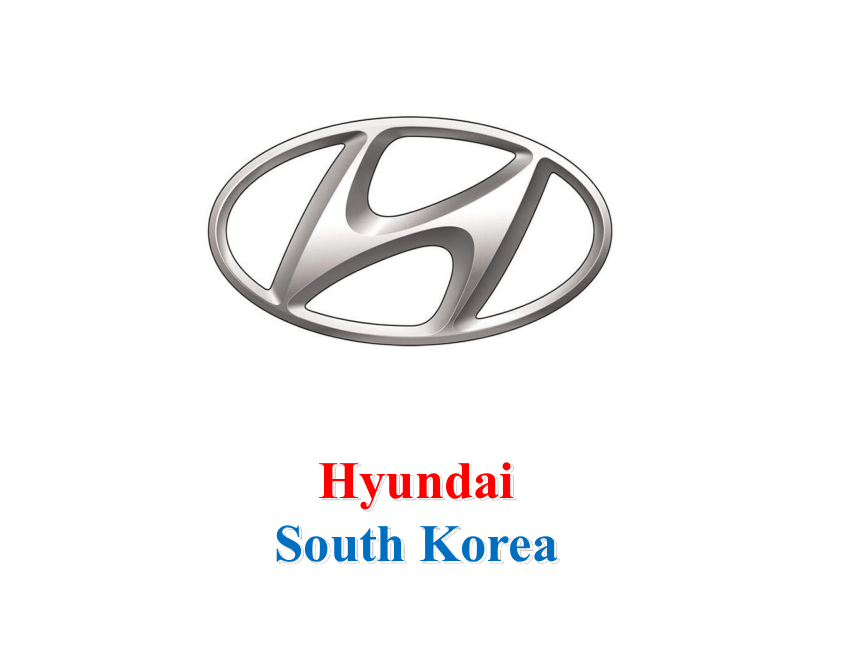
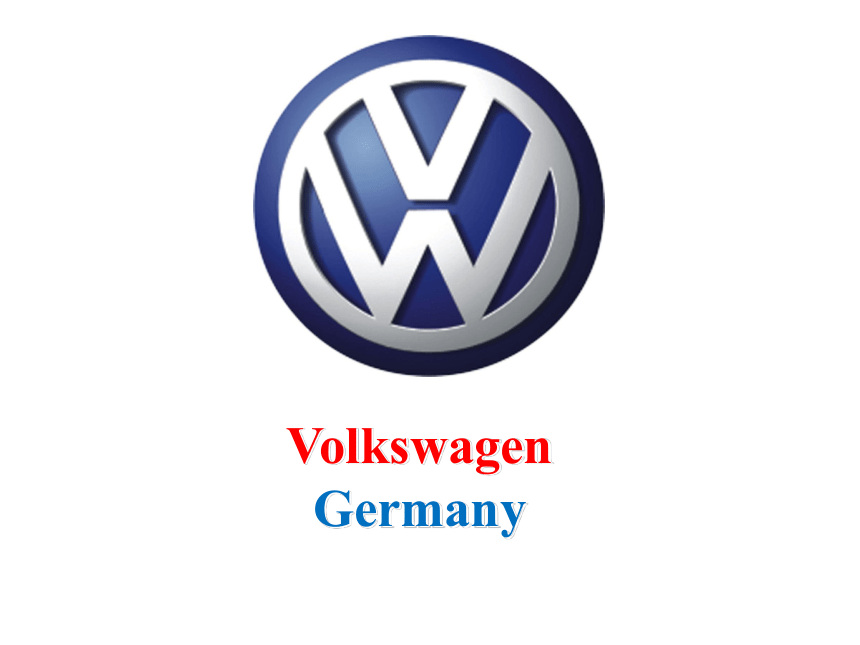
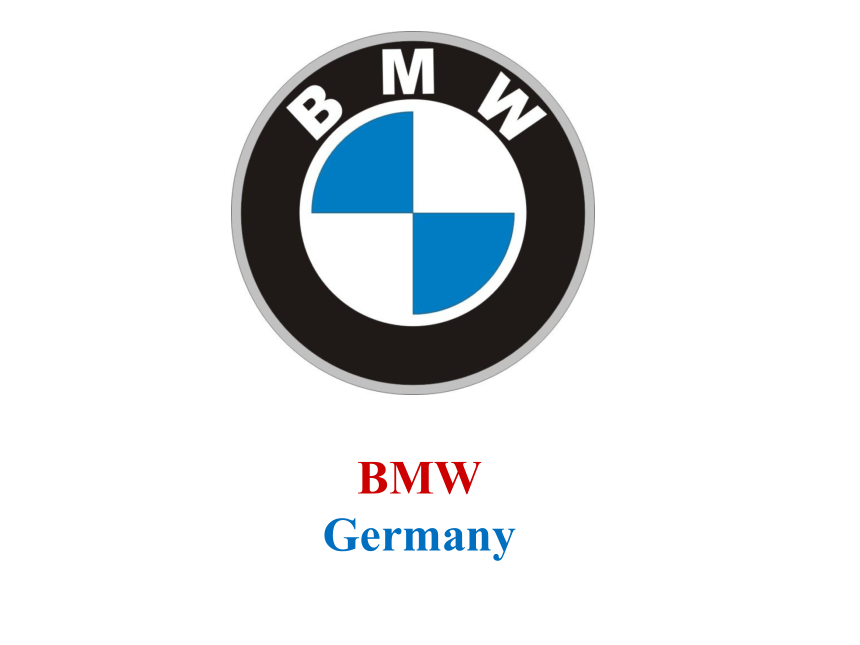
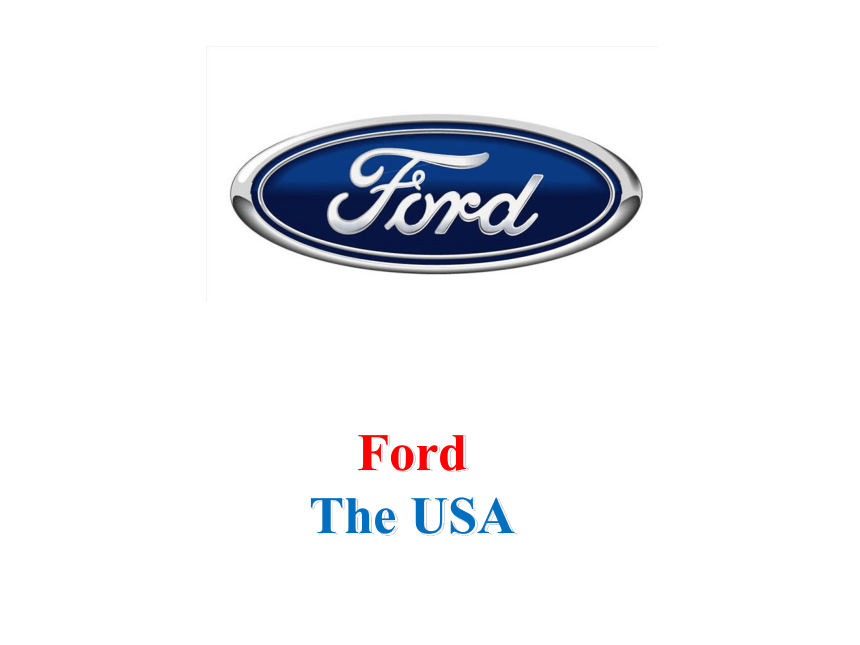
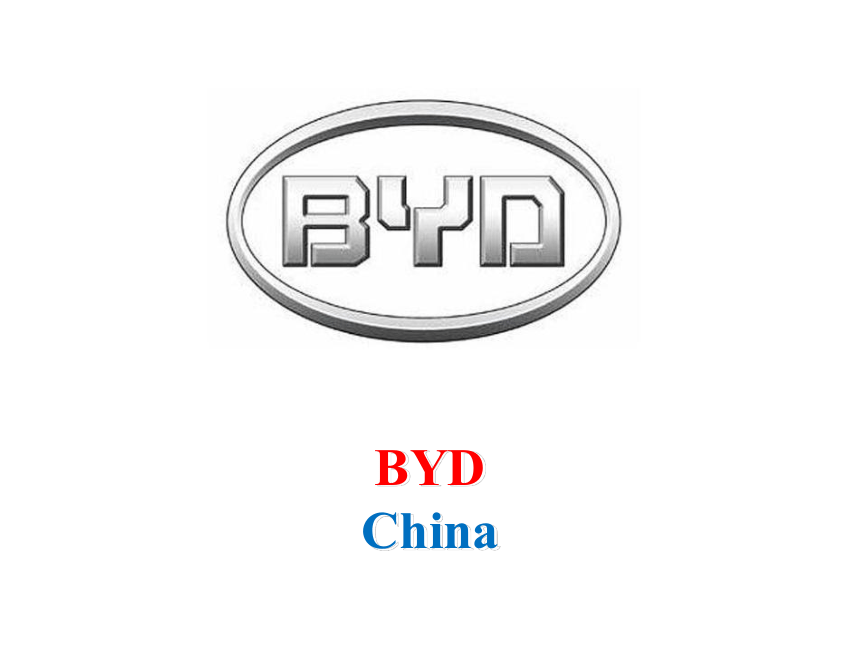
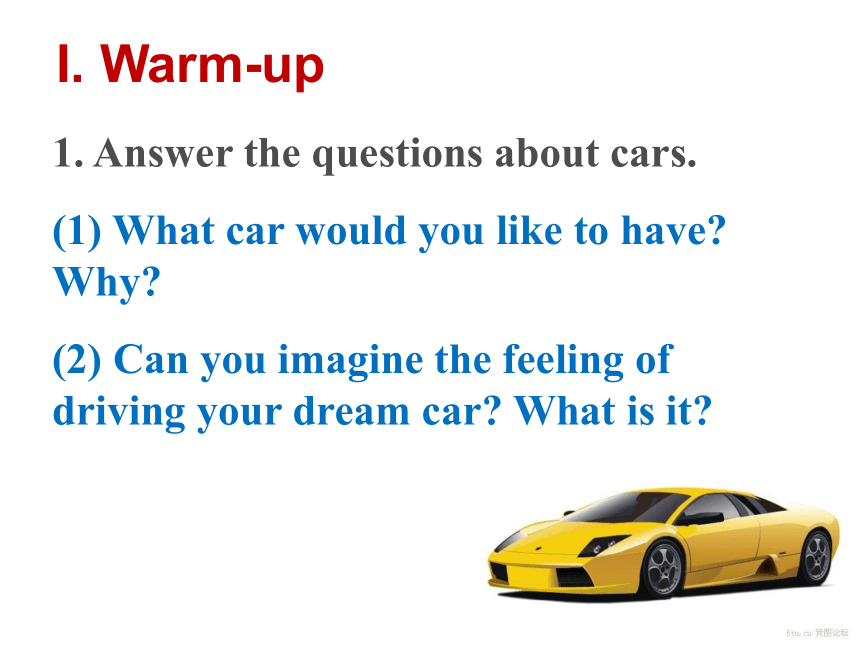

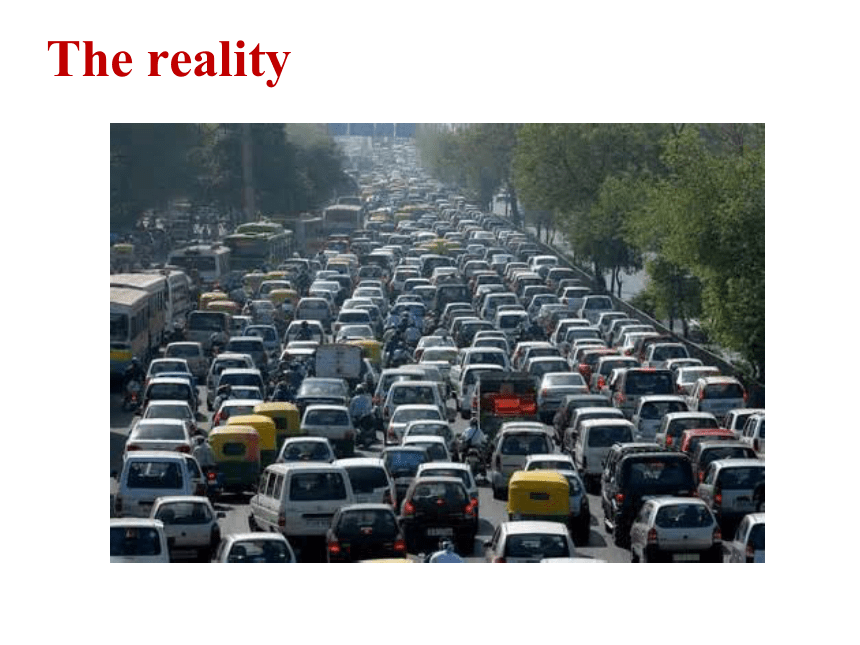


文档简介
课件31张PPT。
高一英语北师大版必修三
Unit 9 Lesson 4 Car Culture
Toyota
JapanHyundai
South KoreaVolkswagen
GermanyBMW
GermanyFord
The USABYD
China1. Answer the questions about cars.
(1) What car would you like to have? Why?
(2) Can you imagine the feeling of driving your dream car? What is it?I. Warm-upYour dreamThe reality Your dreamThe realityYour dreamThe reality1. Check the meaning of these words in your dictionary and then match them with their definitions.
construction, crossroads,
amount, physical, pavement,
figure, admit, occupyII. Pre-readingF. take up or fillC. related to the body B. numberA. total sum or valueE. building sthD. recognize sth as true,
often unwillinglyG. the place where two
roads meet or crossH. A road for people to walk on1. construction
2. crossroads
3. amount
4. physical
5. pavement
6. figure
7. admit
8. occupyThis morning it took me forty minutes to get to work. More road construction works on the A10!Oh really? It took me over an hour. There was an accident on the M11.You’re both lucky. It took me two hours! You don’t have to use the M25. 2. Listen to the conversation at the beginning of the text.How often have you heard these conversations?
How often do we get stuck in traffic jams?
How often do we arrive at work or school stressed out, tired and angry?
For many people in Britain, the answer is EVERY DAY!But anger and stress are nothing compared to the REAL COSTS of the motor car.1. Reading strategy: completing notes
(1) Look at the notes and decide what kind of information you are looking for.
(2) Read the text quickly to get the general idea.
(3) Then read the text again
carefully and complete the notes
as you read. Use abbreviations (缩写).III. While-reading2. Read the text quickly to get the general ideas of each section.Section 1 (on P42) mainly talks about ________________________.
Section 2 (on P43) mainly talks about ______________________. traffic situations in Britain six ways to give up carsTraffic in Britain
NO. of cars:
Increase in the last 10 years:
CO produced by cars:
NO. of road deaths:
Deaths caused by air pollution:
Short car journeys:
Amount of TV ads about cars:3. Look at the following notes and read the text carefully to complete them. Make notes while reading.25 million30 %> 3,00025,000> 25 %99 %nearly 1/4
1. The traffic on Road M25 might be heavier than that on A10 and M11.
2. Cars are responsible for most of the carbon monoxide in the atmosphere.
T4. Finish the true/false questions in groups.T3. There are seven tips given by Jenny Trowe to help give up cars.
4. Regular exercise, including walking
and cycling, can cure heart disease.
5. In Britain, about 25% of all ads are
about cars.
TFcut the risk of heart disease by 50%.Fsix6. There is a lot we can do about
the noise, pollution and danger
of traffic.
7. From the article, we can see
that the author herself can do
things without a car.FTcan’t Recall the text in your mind and finish the following MIND MAP in groups.IV. Post-readingV. SummaryIn this lesson, we have learned to
(1) talk about traffic problems.
(2) take notes when reading an article.
(3) finish a simple mind map.
(4) love life and protect the environment.VI. Homework(1) Review the useful words and expressions in the text.
(2) Write an essay about how to solve the traffic problems in our own city.See you!
高一英语北师大版必修三
Unit 9 Lesson 4 Car Culture
Toyota
JapanHyundai
South KoreaVolkswagen
GermanyBMW
GermanyFord
The USABYD
China1. Answer the questions about cars.
(1) What car would you like to have? Why?
(2) Can you imagine the feeling of driving your dream car? What is it?I. Warm-upYour dreamThe reality Your dreamThe realityYour dreamThe reality1. Check the meaning of these words in your dictionary and then match them with their definitions.
construction, crossroads,
amount, physical, pavement,
figure, admit, occupyII. Pre-readingF. take up or fillC. related to the body B. numberA. total sum or valueE. building sthD. recognize sth as true,
often unwillinglyG. the place where two
roads meet or crossH. A road for people to walk on1. construction
2. crossroads
3. amount
4. physical
5. pavement
6. figure
7. admit
8. occupyThis morning it took me forty minutes to get to work. More road construction works on the A10!Oh really? It took me over an hour. There was an accident on the M11.You’re both lucky. It took me two hours! You don’t have to use the M25. 2. Listen to the conversation at the beginning of the text.How often have you heard these conversations?
How often do we get stuck in traffic jams?
How often do we arrive at work or school stressed out, tired and angry?
For many people in Britain, the answer is EVERY DAY!But anger and stress are nothing compared to the REAL COSTS of the motor car.1. Reading strategy: completing notes
(1) Look at the notes and decide what kind of information you are looking for.
(2) Read the text quickly to get the general idea.
(3) Then read the text again
carefully and complete the notes
as you read. Use abbreviations (缩写).III. While-reading2. Read the text quickly to get the general ideas of each section.Section 1 (on P42) mainly talks about ________________________.
Section 2 (on P43) mainly talks about ______________________. traffic situations in Britain six ways to give up carsTraffic in Britain
NO. of cars:
Increase in the last 10 years:
CO produced by cars:
NO. of road deaths:
Deaths caused by air pollution:
Short car journeys:
Amount of TV ads about cars:3. Look at the following notes and read the text carefully to complete them. Make notes while reading.25 million30 %> 3,00025,000> 25 %99 %nearly 1/4
1. The traffic on Road M25 might be heavier than that on A10 and M11.
2. Cars are responsible for most of the carbon monoxide in the atmosphere.
T4. Finish the true/false questions in groups.T3. There are seven tips given by Jenny Trowe to help give up cars.
4. Regular exercise, including walking
and cycling, can cure heart disease.
5. In Britain, about 25% of all ads are
about cars.
TFcut the risk of heart disease by 50%.Fsix6. There is a lot we can do about
the noise, pollution and danger
of traffic.
7. From the article, we can see
that the author herself can do
things without a car.FTcan’t Recall the text in your mind and finish the following MIND MAP in groups.IV. Post-readingV. SummaryIn this lesson, we have learned to
(1) talk about traffic problems.
(2) take notes when reading an article.
(3) finish a simple mind map.
(4) love life and protect the environment.VI. Homework(1) Review the useful words and expressions in the text.
(2) Write an essay about how to solve the traffic problems in our own city.See you!
